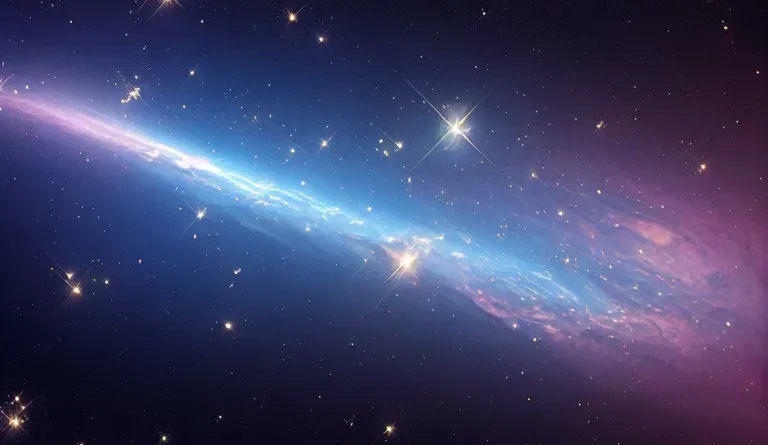The Enigmatic Universe: Exploring the Wonders of Stars
In the vast tapestry of the cosmos, stars stand as celestial beacons, captivating our imaginations and sparking our curiosity. These luminous spheres of gas have played a pivotal role in shaping the universe as we know it. This article delves into the captivating world of Buy a star, exploring their formation, life cycles, and the profound impact they have on the cosmos.
Formation of Stars:
Stars are born within vast regions of interstellar gas and dust known as nebulae. Gravity acts as the cosmic sculptor, causing these clouds to collapse and form protostars. As these protostars continue to accrete mass, nuclear fusion ignites in their cores, marking the birth of a star. The process is a delicate cosmic dance that can span millions of years, creating the diverse array of stars that dot our night sky.
Diversity of Stars:
Stars come in various sizes, colors, and temperatures, leading to a rich diversity in their observable characteristics. The classification system, known as the Hertzsprung-Russell diagram, categorizes stars based on their luminosity and temperature. From the fiery blue giants to the cool red dwarfs, each type of star plays a unique role in the cosmic narrative.
Life Cycle of Stars:
Just like living organisms, stars undergo a life cycle that ultimately determines their fate. The duration of a star’s life is dictated by its mass. Massive stars burn brightly but have shorter lifespans, while smaller stars, like our Sun, have longer, more stable lives. The culmination of a star’s existence depends on its mass, with possibilities ranging from graceful transformations into white dwarfs to explosive supernova events that scatter stellar remnants across the cosmos.
Nuclear Fusion: The Engine of Stars:
At the heart of every star lies the incredible process of nuclear fusion. This powerful mechanism generates the energy that fuels a star’s brilliance. In the intense heat and pressure of a star’s core, hydrogen atoms fuse to form helium, releasing an immense amount of energy in the process. This ongoing fusion reaction maintains the delicate balance between the force of gravity trying to collapse the star and the pressure generated by the nuclear reactions pushing outward.
Supernovae and Stellar Remnants:
For massive stars, the final act in their cosmic drama often involves a spectacular explosion known as a supernova. During a supernova event, the star releases an incredible amount of energy, outshining entire galaxies for a brief period. The remnants of supernovae contribute to the formation of new stars, planets, and even the building blocks of life as we know it.
Conclusion:
As we gaze into the night sky, the stars above whisper tales of cosmic evolution, birth, and rebirth. From the formation of protostars within distant nebulae to the explosive grandeur of supernovae. Stars are celestial storytellers that have shaped the universe for billions of years. Understanding their mysteries not only deepens our appreciation for the cosmos. But also unravels the secrets of our own existence in this vast and enchanting universe.

